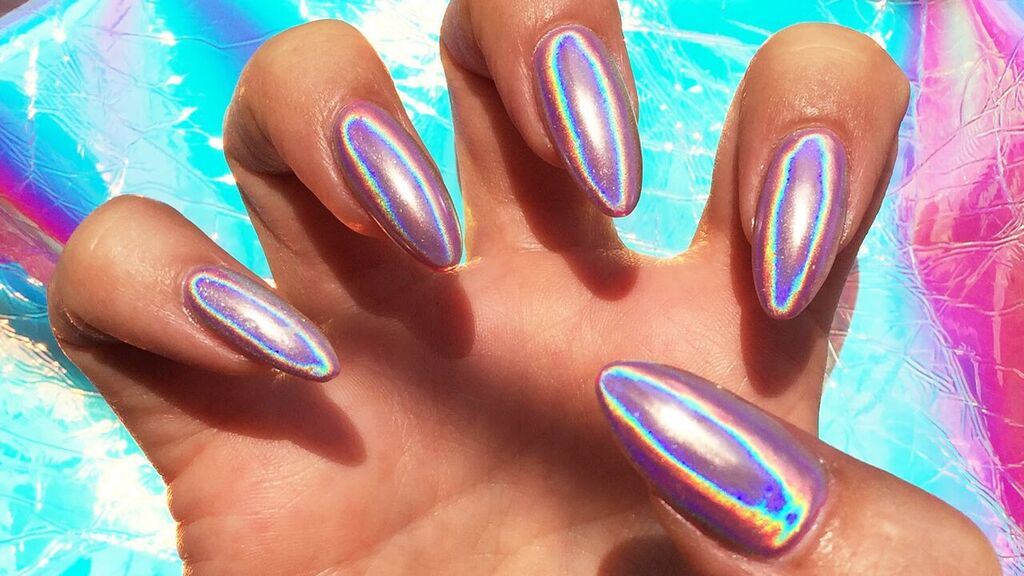How a recent scandal has brought to light the company’s lack of change
By Brittney MacDonald, Life & Style Editor
With Logan Paul’s disturbing antics in Japan now coming into question, YouTube finds itself in the hot seat yet again. Accusations of the site “cherry-picking,” or showing favoritism towards channels and creators that make money for the YouTube brand, have flooded the internet. Many content creators are angry that their independence has essentially labelled them as second-class citizens with regards to the platform itself.
The majority of the channels and creators on YouTube run independent of the brand. In other words, they are in full control of what content they put out, and are generally in no way endorsed by YouTube beyond being featured on the front page if their video is labelled as “trending.” Their revenue doesn’t come from the platform, but rather the platform’s relationship with various companies through advertising. If a video is “monetized,” there will be a commercial played before, during, or after it—sometimes all three, depending on how long the video is. The minimal revenue for this commercial is then split between YouTube and the creator. The longer you watch a video, the more money a creator makes, and the more views that that video gets, the more money the creator makes. In order for a video to be monetized, it must follow a strict set of guidelines that YouTube puts out. In other words, the video and creator must be “advertiser-friendly.” Age-restricted videos make less money because less advertisers are willing to put their product in front of something that could be controversial or sexual in nature.
Originally, YouTube was accused of favoritism when more and more celebrity channels started to pop up. Specifically, online content creators found that their videos were being demonetized by YouTube’s flagging algorithm. The algorithm searches all the videos uploaded to the site, and flags ones that it deems are possibly inappropriate. A human operator will then review the video and either restore the monetization, or will leave it disabled. At least, that is how it’s supposed to work. However, the process was apparently taking far too long. Online videos receive the majority of their views in the first 24 hours they are uploaded, and with this method in place, many creators were losing out on hundreds if not thousands of dollars as they waited for their video to be reviewed. Controversy arose as larger, “celebrity” channels—ones that were run by television networks, film studios, or famous celebrities—were not being flagged, and therefore were receiving what seemed to be preferential treatment from the website itself, even when their content was similar to the content put out by the independent creators.
YouTube vowed to improve their algorithm and their policies in order to fully embrace their creators and audience, but with the latest controversy regarding Logan Paul, I believe that this is clearly not the case.
Despite the fact that Paul’s video featured flaggable keywords in the title, as well as a blatantly inappropriate thumbnail containing a dead body, the video was still monetized and remained on the platform until Paul’s media team removed it. In the rules of YouTube it states that any video containing “…disturbing or disgusting video footage” or features “graphic violence” will be automatically removed from the platform, not just demonetized. However, Paul’s Aokigahara video remained, was even advertised as “suggested content” for many YouTube users, and was a primary video on the platform’s front page until its removal. This has led many content creators to question a possible “whitelisting” or preferential treatment towards creators that are endorsed by the YouTube brand. Paul was on the Google Preferred List, meaning he received top-tier advertising revenue through his channel. He was also the star of a popular YouTube Red film, and was in the process of filming a sequel.
In truth, Paul suffered no overt penalty for his actions from YouTube until recently, when the controversy and subsequent backlash forced the company to act. His sequel film was canceled and he was removed from the Google Preferred List, but his channel itself received no penalty. In fact, the Aokigahara video as well as Paul’s other videos from Japan—the majority of which are being accused of being disrespectful and racist—netted the creator over $90,000 in advertising revenue.
Some people are even accusing YouTube of dragging their feet on purpose in order to profit from the controversy itself, but the majority of YouTube/Google account holders—both content creators and viewers—are more concerned with the disturbing facts this cherry-picking scandal has brought to light, and how it may be remedied moving forward. However, YouTube has remained mostly silent with regards to any recent changes to their practices.

